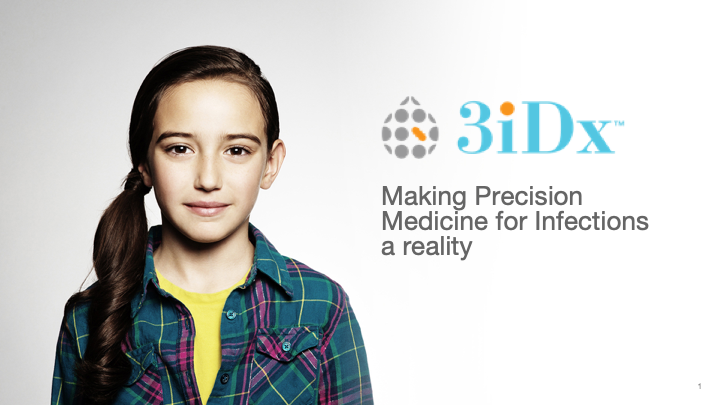We have a first-hand experience, thanks to COVID, of when infections become deadly. Now imagine if treatments for diseases like salmonella, tuberculosis, malaria, and other infections are ineffective because of antimicrobial resistance (AMR). This would undo almost a century of medical progress.
AMR is when microbes adapt to the antimicrobial drugs used to treat them, rendering the drugs ineffective. Every time microbes are exposed to a drug, susceptible strains die in the presence of the antibiotic, whereas resistant strains survive and then multiply without competition from the susceptible strains. Antibiotic use is on the rise, with a 40% increase in use over 10 years (2000-2010). However, around 50% of antibiotics prescribed in the US are unnecessarily or inappropriately prescribed.
Why unnecessarily? Because it takes a long time to get test results, doctors prescribe antimicrobials while they wait. Since this is basically a trial-and-error process, they may end up trying several different antimicrobials by the time they get the diagnostic result. After they get the results, they may have to prescribe something entirely new. This process basically trains the microbes how to become resistant to antibiotics.
There are two ways to address AMR. The first is creating new antimicrobial drugs that the microbes are susceptible to. While this is an important way we can combat AMR, developing new drugs is reactive, rather than proactive. As we expose microbes to these new drugs, they will begin to develop resistance. This puts us back in the same place we started, and requires continual drug development to stay ahead. Even then, there is no guarantee that researchers will be able to develop a new drug by the time a microbe becomes resistant to the old one.
The second method of addressing AMR is developing better diagnostics. Better diagnostics will allow medical professionals to know what they’re dealing with faster, which allows them to use specific and effective treatments. Since microbes are being exposed to fewer drugs, they have less opportunities to become resistant, ultimately slowing down the spread of AMR. Doctors can continue using existing antimicrobials, and it gives researchers more time to develop new ones.
Patients with an antimicrobial resistant strain of infection can expect longer hospitalizations or stays in intensive care. They will also likely need more tests, more expensive treatments, and spend more time not working, which increases the financial impact of the infection. Additionally, major surgery and many cancer treatments will be more dangerous without effective treatments for an infection. Hospital visits will be more risky, as hospital-associated infections (HAIs) are often antimicrobial resistant.
AMR also has significant impacts at the global level. 50,000 people die every year just in Europe and the US because of AMR right now, and these impacts keep getting worse as time goes on. By 2050, some researchers estimate that AMR will cause 10 million deaths, which would be 1.8 million more deaths than cancer. Additionally, Gross Domestic Product (GDP) would be 2-3.5% lower and 100 trillion dollars would be lost.
Addressing AMR promptly and decisively is imperative to lessen these catastrophic impacts. The United States government, the World Health Organization, and other organizations have urged more careful use of antibiotics in healthcare and agriculture. They have also increased their support for the discovery and development of new antibiotics and better diagnostics. In the end, it will take the government, physicians, and all of us to effectively combat the spread of AMR. At the individual level, we need to increase awareness of AMR, and do our part to avoid pressuring physicians to prescribe antibiotics, especially when they are not needed.
